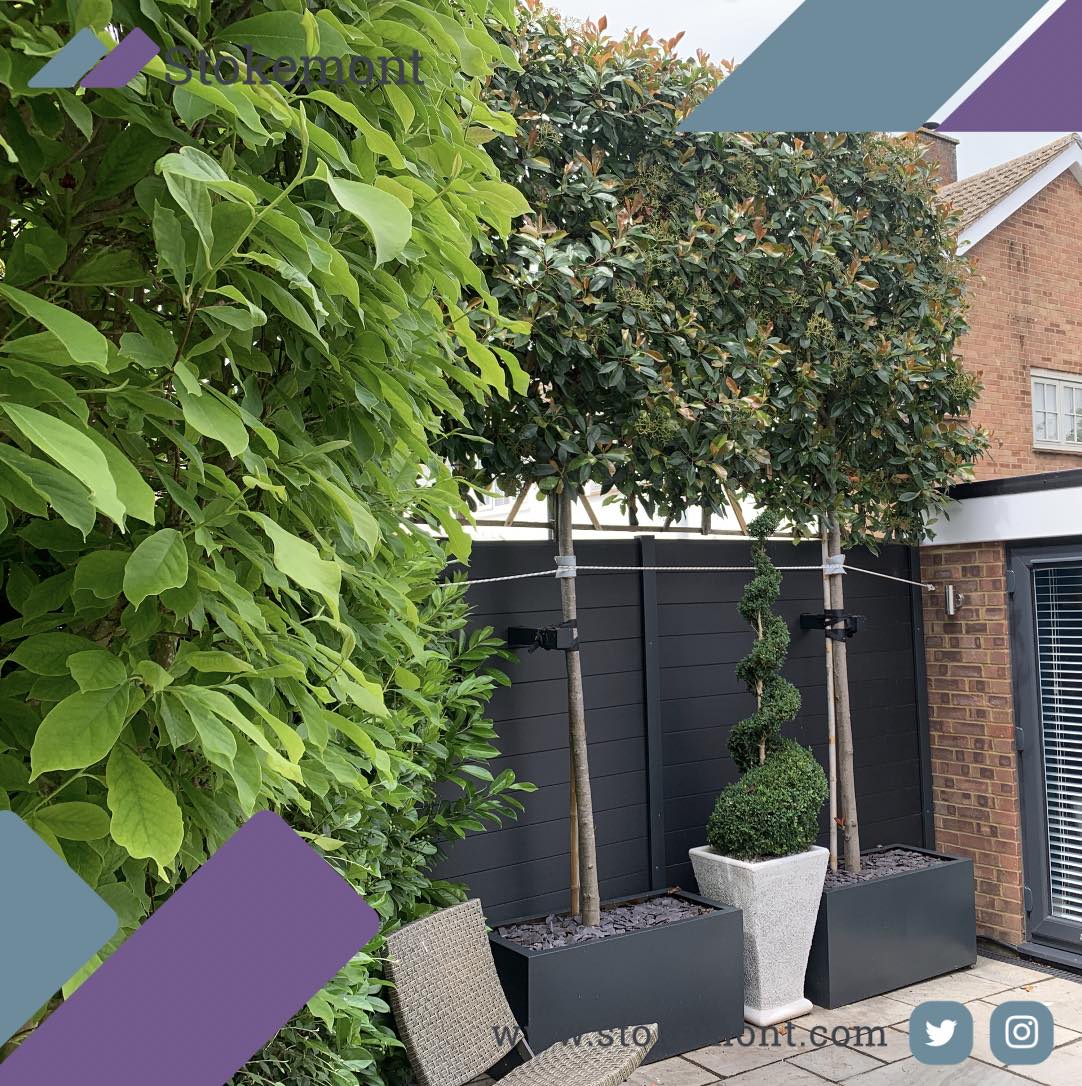In this week’s Property Surveying blog post topic, we are going to be discussing one of the most common questions that we tend to find ourselves asked here at Stokemont.
How high can I make my fence?
This is an incredibly common question that our surveyors find themselves being asked daily by clients of ours and new enquirers. Usually it stems from neighbours wanting to have a sufficient screen, barrier or fence between their property and the neighbour’s property.
The legal requirement as per local authority guidelines is that fences can be no higher than 2m measured from the ground level up.
This means that the fence, fence posts, and any trellis forming part of that fence all needs to fall within and under the realm of the 2m mark.
A common misconception is that the fence itself can be 2m in height and then a trellis can run along the top of that at a higher level. This is not correct, the way the local authority looks at this is that the trellis forms part of the fence, and therefore needs to beneath the 2m guidance and requirements as they are set out.
In many cases, properties will be built on slopes, or ground that is uneven or level, which would mean that in some cases two neighbouring properties can in fact be on different heights which can often result in one property overlooking the other.
When the 2m height is being set out and worked off, this will go from the level of the installer’s garden, therefore whichever property owner or neighbour is installing the fence, should set out the fence level from their ground, and not from the neighbouring owner’s land or ground level.
Local authorities are quite firm on this, as ultimately the last thing they want is for incredibly high fences to be encapsulating gardens, as they can often lead to a locked in feel for a neighbour who borders them. Therefore don’t be surprised if upon installation of a high fence, greater than the 2m guidelines, you get a letter from the local authority asking you to reduce or remove it.
A more common installation we are seeing these days is potted plants, which have a vegetation trellis, or foliage grown into them.
These types of installations fall outside of the realm of the local authority’s guidance, as ultimately they are not fence structures, or fixed structures, meaning that they can installed without issue.
We think this is a fantastic idea to circumvent the local authority’s guidelines and also ensure that the screen or barrier separating the two properties is a more eco-friendly and environmentally conscious installation, and also generally being a lot more aesthetically pleasing.
These types of plants aren’t cheap, so do think about them carefully before you install. Generally speaking a sufficiently mature and healthy plant will cost in the region of about £150 per one, and will likely only have a 1m-2m width. This means that if you do intend to install these types of plants along the outer edge of your boundaries, you could be in for a hefty bill by the end of it.
The benefit of this type of installation, is that it also falls outside the realm of high hedges, and is therefore a sound way to avoid any legal knock on effects in that regard.
Fence disputes will often lead to neighbourly disputes, which can often lead to issue with owners that over time can fester and procrastinate.
Here at Stokemont we would always advise having open and transparent discussions with your neighbour in advance of any type of fence or plantings along the boundary line, as in many cases what may seem like a minor installation to you, could be very well misinterpreted or seen from a different light from the perspective of your neighbour.
If you would like to discuss fence disputes with our team of experienced and qualified chartered surveyors and boundary surveyors here at Stokemont please give us a call today and our surveyors will be more than happy to assist and advise you.
Did you know that we also offer 30 minutes free no strings advice to any caller who wishes to discuss their boundary matters, simply give us a call today and we can book in the time with one of our experienced surveyors in their diary.




